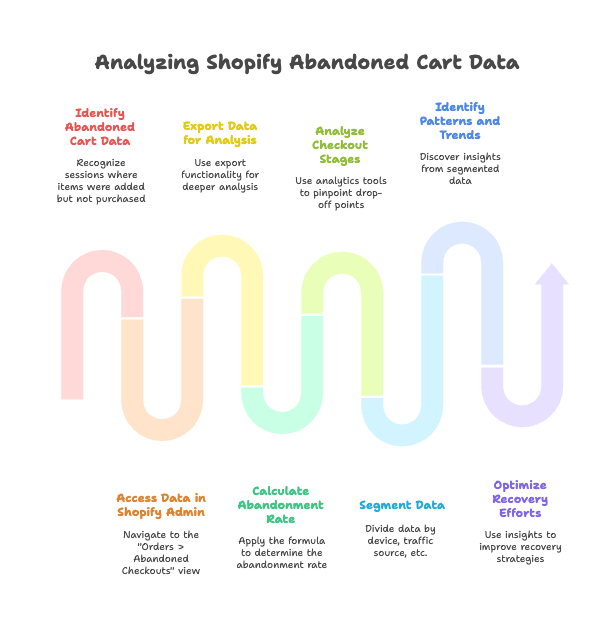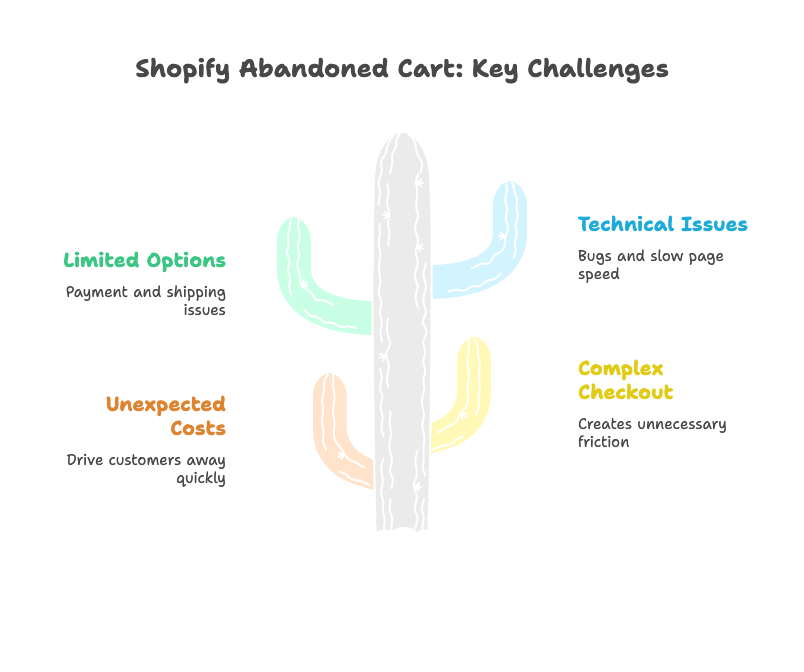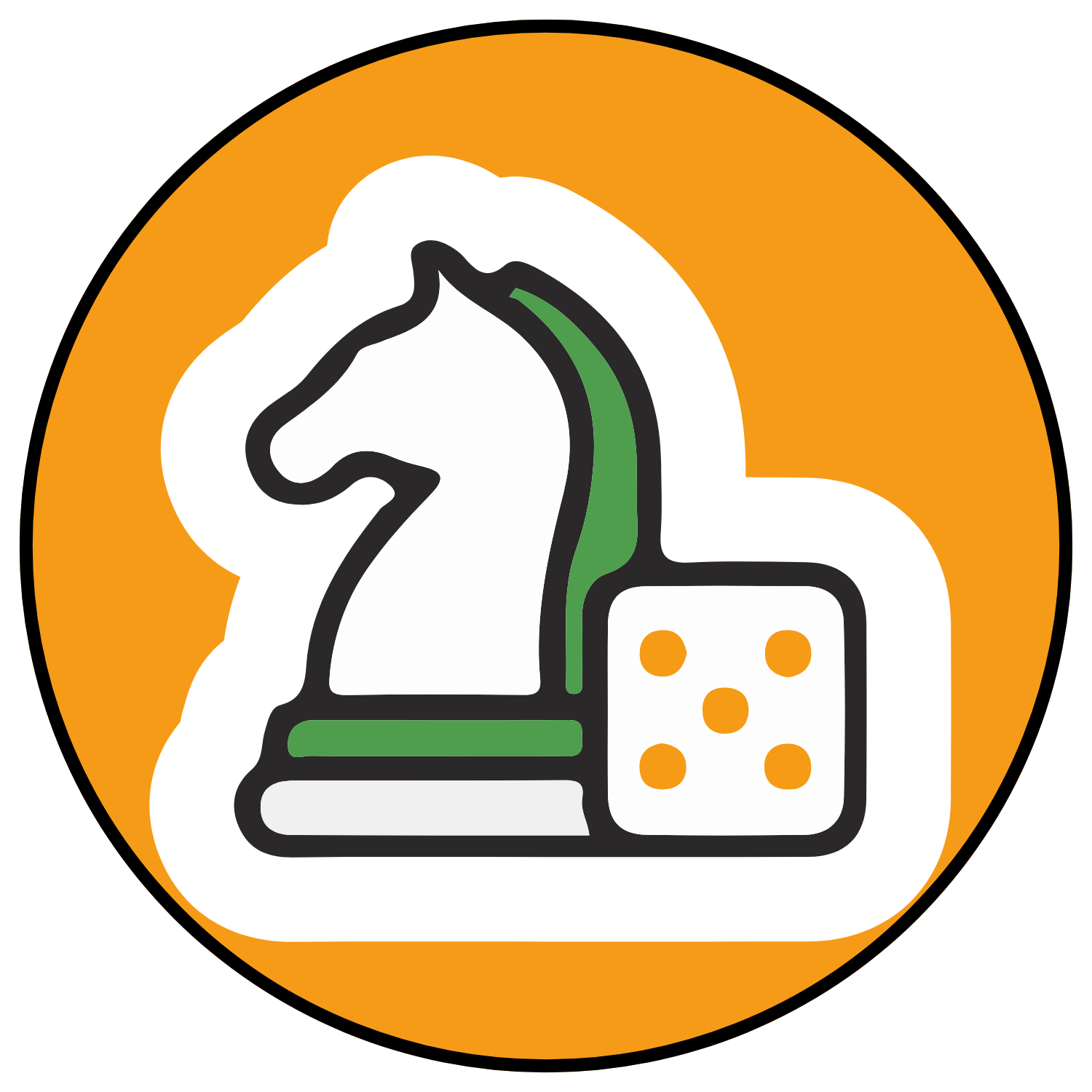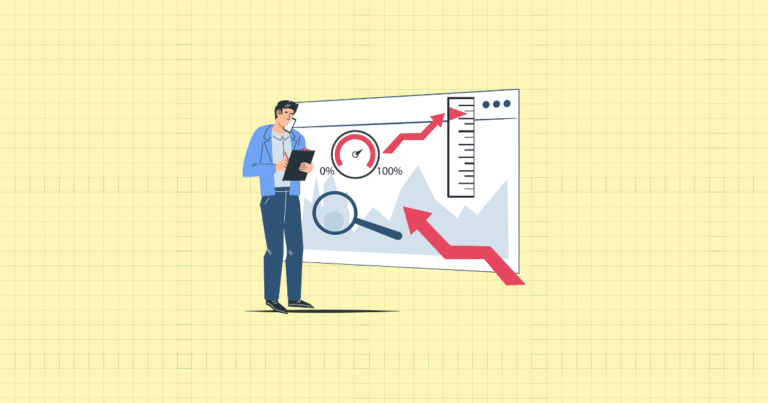Picture this: you’ve spent hundreds of dollars driving traffic to your Shopify store. Visitors are flowing in. They’re browsing your products, adding items to their carts, and then… they vanish. Gone without a trace, leaving behind a trail of abandoned shopping carts worth thousands in potential revenue.
If this scenario sounds familiar, you’re not alone. Cart abandonment plagues virtually every online store, but here’s the thing—those abandoned carts aren’t just lost sales. They’re goldmines of data waiting to be analyzed.
In this comprehensive guide, you’ll discover how to dive deep into your Shopify store’s abandoned cart data, uncover the hidden patterns that reveal why customers leave, and transform those insights into actionable solutions that recover real revenue. By the end, you’ll have a clear roadmap for turning your biggest conversion challenge into your next growth opportunity.
The Impact of Abandoned Carts on Shopify Stores
Why Cart Abandonment Matters
Let’s start with the hard truth. The average cart abandonment rate across Shopify stores hovers around 70%. Think about that for a moment—seven out of every ten customers who express genuine purchase intent by adding items to their cart ultimately walk away empty-handed.
But here’s where it gets interesting. This isn’t just about lost sales. It’s about lost opportunity on multiple levels.
Every abandoned cart represents a direct hit to your revenue and profitability. Even if you could reclaim just 10% of those abandoned carts, most stores would see a substantial boost to their annual revenue. We’re talking about money that’s already within reach—customers who’ve demonstrated clear buying intent.
Beyond the immediate financial impact, each abandoned cart is a missed opportunity for customer loyalty and valuable feedback. These moments represent chances to address customer concerns, optimize the shopping experience, and strengthen relationships with potential buyers. The abandoned cart behavior itself provides crucial clues about checkout friction and evolving shopper needs.
Core Objectives of Cart Abandonment Analysis
Smart store owners approach cart abandonment analysis with two clear objectives in mind. First, they aim to identify abandonment patterns unique to their store and audience.
Different customer segments—whether they’re complete beginners just starting their e-commerce journey or advanced users with sophisticated shopping behaviors—display distinct cart abandonment patterns. Data-driven segmentation enables you to create targeted solutions that speak directly to each group’s specific challenges.
Second, successful merchants use these insights to optimize store conversion, reduce loss, and recover sales. The goal isn’t just to understand what’s happening—it’s to align your analytics with Shopify’s built-in features and industry best practices to create measurable improvements.
Understanding Shopify’s Abandoned Cart Data

What is Abandoned Cart Data?
Abandoned cart data encompasses all the information Shopify tracks about sessions where customers added items to their cart but didn’t complete the purchase. This data lives in your Shopify Admin and analytics dashboard, providing a detailed picture of near-miss conversions.
The essential metrics you’ll want to focus on include your abandonment rate, recovery rate, abandoned cart value, and specific points of exit in the checkout process. These numbers tell the story of where and why you’re losing customers.
You can access this treasure trove of information through the “Orders > Abandoned Checkouts” view in your Shopify Admin, which also includes export functionality for deeper analysis. Additionally, Shopify’s Analytics dashboard offers cart abandonment reporting with customizable date ranges, perfect for spotting patterns over time.
Calculating Your Store’s Abandonment Rate
The formula is straightforward: take your sessions with items added to cart, subtract your actual sales, divide by total add-to-cart sessions, then multiply by 100. This gives you your abandonment rate as a percentage.
But don’t stop at the overall rate. The real insights come from understanding abandonment at key checkout stages. Use Shopify’s analytics and funnel visualization tools to pinpoint exactly where customers are dropping off—whether it’s during address entry, shipping selection, payment processing, or the final review phase.
The Value of Segmenting Abandoned Cart Data
Here’s where the magic happens. By segmenting your abandoned cart data by device type, traffic source, time of day, and cart value, you’ll start to see patterns and trends that would otherwise remain hidden.
For example, you might discover that mobile users abandon carts at twice the rate of desktop users, or that traffic from specific campaigns shows higher abandonment rates. These insights enable informed targeting in your recovery efforts and give you clear direction for funnel optimization.
Core Patterns Found in Shopify Abandoned Cart Data

Most Common Reasons for Abandonment on Shopify
After analyzing thousands of Shopify stores, certain abandonment triggers appear again and again. Understanding these patterns is your first step toward meaningful solutions.
Unexpected costs at checkout remain the number one culprit. When customers reach checkout and encounter surprise shipping fees or taxes, they often bail immediately. Combat this with transparency and calculator tools that present all costs upfront. Shopify offers several features for upfront cost presentation that can significantly reduce this type of abandonment.
Required account creation or lengthy checkout processes create unnecessary friction. Modern shoppers expect speed and simplicity. Guest checkout options and streamlined workflows can dramatically reduce this barrier. Consider leveraging Shopify Flow and automation tools to optimize these touchpoints.
Limited payment and shipping options still drive abandonment, especially when combined with security concerns. Offering multiple payment methods and displaying clear trust signals helps address both issues simultaneously. Don’t overlook mobile-specific abandonment factors—what works on desktop doesn’t always translate to smaller screens.
Technical issues and page speed problems create invisible barriers to conversion. Cart abandonment often correlates directly with checkout bugs, slow load times, and design issues. Shopify’s performance monitoring tools can help you identify and address these technical roadblocks.
Behavioral Patterns in Abandoned Cart Data
Not all abandoned carts are created equal. Learning to distinguish between consideration behavior and actual purchase intent transforms how you approach recovery.
Some customers use their cart as a “bookmark”—they’re still in research mode, comparing options and prices. Others demonstrate high purchase intent through their browsing patterns and engagement but encounter a specific barrier at checkout. Dedicated behavioral tracking tools can help you identify these different user types and tailor your approach accordingly.
Pay attention to timing and drop-off analysis as well. You might notice abandonment spikes during specific hours or days, seasonal trends that affect particular products, or “hot zones” in your checkout funnel where problems consistently occur.
Data-Driven Solutions: Turning Abandoned Cart Insights into Revenue
Optimizing Checkout and Reducing Friction
Once you understand where and why customers abandon their carts, the path to solutions becomes clear. Start by streamlining your checkout process with fewer steps and fewer barriers.
Enable guest checkout and implement autofill functionality wherever possible. Minimize required fields to only what’s absolutely necessary for order fulfillment. Shopify Flow and various third-party apps can automate many of these optimizations, creating a smoother experience without constant manual intervention.
Transparent pricing and shipping information should be visible throughout the shopping journey, not just at checkout. Display all costs upfront, offer clear promotions, and establish shipping thresholds that encourage larger orders. Theme customizations and app plugins can automatically break down costs, removing the surprise factor that kills conversions.
Trust and security elements deserve special attention. Implement trust badges, security messaging, and visible customer support options. Conversational AI assistants and live chat tools can address concerns in real-time, preventing abandonment before it happens.
Personalized, Targeted Recovery Campaigns
This is where your abandoned cart data analysis pays dividends. Armed with insights about customer behavior and abandonment patterns, you can create highly targeted recovery campaigns.
Email, SMS, and push notification sequences should be automated but personalized. Send the first contact within an hour of abandonment, then follow up at strategic intervals. Shopify’s built-in automation tools work well for basic sequences, while apps like Klaviyo, Retainful, and Growth Suite offer advanced campaign capabilities.
Personalize your recovery messages with product images, dynamic recommendations, and direct links back to the customer’s cart. Make it as easy as possible for them to complete their purchase.
Incentive-based offers and urgency cues can be powerful motivators, but use them strategically. Provide targeted discounts, limited-time offers, or free shipping to specific user segments based on their behavior and cart value. Implement countdown timers and dynamic discount codes to create genuine urgency.
Here’s a crucial insight: exclude “hot buyers”—customers who show strong purchase intent—from discount offers. This prevents discount fatigue and maintains your profit margins while still capturing price-sensitive customers.
Retargeting and Cross-Channel Solutions
Don’t limit your recovery efforts to email. Retargeting ads through Facebook and Google can remind users about their abandoned items while they browse other sites. The key is measuring conversion rates and optimizing your creative based on different user segments.
Multi-channel synergy amplifies your recovery efforts. Combine chatbots, SMS, push notifications, and email for wider reach. Shopify’s APIs and third-party integrations make it possible to create truly holistic engagement strategies that meet customers wherever they are.
Advanced Applications: Segmentation, Automation, and AI in Abandoned Cart Recovery
Segmenting Abandonment for Deeper Recovery
Advanced merchants take segmentation to the next level. Segment by product category, cart value, device type, traffic source, and visit history to create hyper-specific recovery campaigns.
Use behavioral targeting to differentiate between first-time visitors, returning customers, and mobile users. Each segment requires different messaging and timing strategies. Advanced Shopify apps can automate this segmentation and deliver precisely targeted campaigns.
Know when to use manual versus automated recovery. High-value carts might deserve personalized outreach from your team, while routine and mid-value abandonments can be handled through automated workflows.
Using AI and Predictive Analytics
Artificial intelligence is revolutionizing abandoned cart recovery. AI-powered tools can identify high-risk abandoners before they leave and deliver “just-in-time” offers that prevent abandonment altogether.
Behavioral prediction and purchasing intent scoring help you understand not just what customers did, but what they’re likely to do next. A/B testing recovery strategies becomes more sophisticated with AI-powered platforms that can optimize timing, messaging, and offers in real-time.
Case Studies and Results
Real-world results speak louder than theory. Luxury Shopify brands and mid-market stores have recovered 10-25% of abandoned carts through strategic recovery workflows. These aren’t small improvements—they represent significant revenue increases that flow directly to the bottom line.
Apps like Growth Suite have helped hundreds of stores improve ROI and conversion rates through custom segments, AI-driven insights, and time-limited promotional codes. The common thread among successful implementations is data-driven decision making combined with systematic testing and optimization.
Practical Implementation Steps on Shopify
Setting Up Abandoned Cart Reporting
Start by accessing and exporting your abandoned cart lists through the Shopify Admin. This gives you the raw data you need for analysis. Create custom reports that segment by different variables and track trends over time.
Regular analysis of this data should become part of your routine store management. Look for patterns in timing, products, customer segments, and checkout behavior.
Implementing Recovery Automations
Begin with Shopify’s default abandoned cart email sequence—it’s free and effective for basic recovery. As you gather data and insights, consider upgrading to more sophisticated tools.
App integrations with platforms like Growth Suite, Klaviyo, and Retainful offer advanced campaign capabilities, behavioral targeting, and AI-driven optimizations that can significantly improve your recovery rates.
Optimizing Offers and Timing
Fine-tune your email and SMS campaign content, timing, and segmentation based on your data analysis. Test different incentives, urgency elements, and exclusion strategies to maximize ROI.
Remember that optimization is an ongoing process. What works today might not work next month as your audience evolves and market conditions change.
Continuous Analysis and Improvement
Track key performance indicators consistently: abandonment rate, recovery rate, conversion improvements, and average cart value changes. Use customer feedback and analytics data for ongoing checkout and user experience enhancements.
The most successful stores treat abandoned cart recovery as a core business process, not a set-it-and-forget-it campaign.
Conclusion & Next Steps for Shopify Store Owners
The Importance of Ongoing Data Analysis and Iteration
Your work doesn’t end once you implement abandoned cart recovery strategies. Customer behavior evolves, market conditions shift, and new opportunities emerge. Regularly review and refine your recovery campaigns to stay aligned with changing patterns and audience needs.
Stay current with Shopify’s new features and industry best practices. The e-commerce landscape moves quickly, and yesterday’s cutting-edge strategy might be tomorrow’s baseline expectation.
Summary Action Steps
Ready to transform your abandoned cart challenge into a growth opportunity? Here’s your roadmap:
- Assess your current situation: Use Shopify Analytics to understand your abandonment metrics and identify your biggest opportunities.
- Analyze behavioral patterns: Segment your data to uncover actionable insights about when, where, and why customers abandon their carts.
- Implement layered recovery strategies: Combine automation, personalization, strategic timing, and targeted incentives for maximum impact.
- Monitor and optimize: Track KPIs, gather customer feedback, and continuously refine your approach based on real performance data.
Remember, every abandoned cart represents a customer who was interested enough to start the buying process. With the right data analysis and recovery strategies, you can turn a significant portion of those almost-customers into actual revenue.
References
- Shopify. “How To Reduce Cart Abandonment and Close Sales (2024)”. https://www.shopify.com/blog/shopping-cart-abandonment
- Growth Suite. “Recover Shopify Abandonded Carts | Growth Suite”. https://www.growthsuite.net/features/cart-recovery
- Retainful. “Shopify Abandoned Cart 2025 Guide to Recover 20% More Sales”. https://www.retainful.com/blog/shopify-abandoned-carts
- Praella. “Effective Shopify Abandoned Cart Strategy: Maximize Your E-commerce Potential”. https://praella.com/blogs/shopify-insights/effective-shopify-abandoned-cart-strategy-maximize-your-e-commerce-potential
- Gorgias. “Tips and Tools for How to Reduce Shopify Abandoned Carts”. https://www.gorgias.com/blog/shopify-abandoned-cart-recovery
- Supliful. “How to See Abandoned Carts in Shopify”. https://supliful.com/blog/see-abandoned-carts-in-shopify
- PageFly. “How to Master Abandoned Cart Recovery and Double Sales”. https://pagefly.io/blogs/shopify/abandoned-cart-recovery
- Shopify Help Center. “Abandoned Checkout Automation”. https://help.shopify.com/manual/orders/abandoned-checkouts
Ready to supercharge your Shopify store’s abandoned cart recovery with intelligent, data-driven solutions? Growth Suite is a Shopify app that helps you turn abandonment patterns into revenue opportunities. With advanced behavioral tracking, AI-powered recovery campaigns, and perfectly timed discount strategies, Growth Suite helps you recover more carts while protecting your profit margins. Install it with a single click and start transforming your abandoned carts into actual sales!




